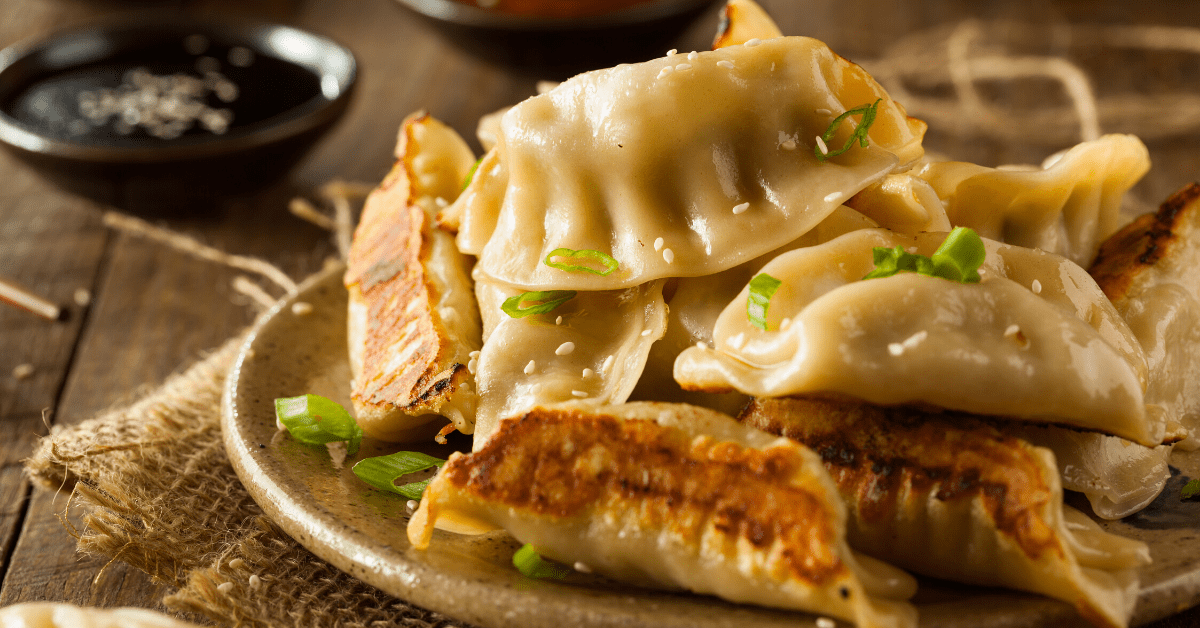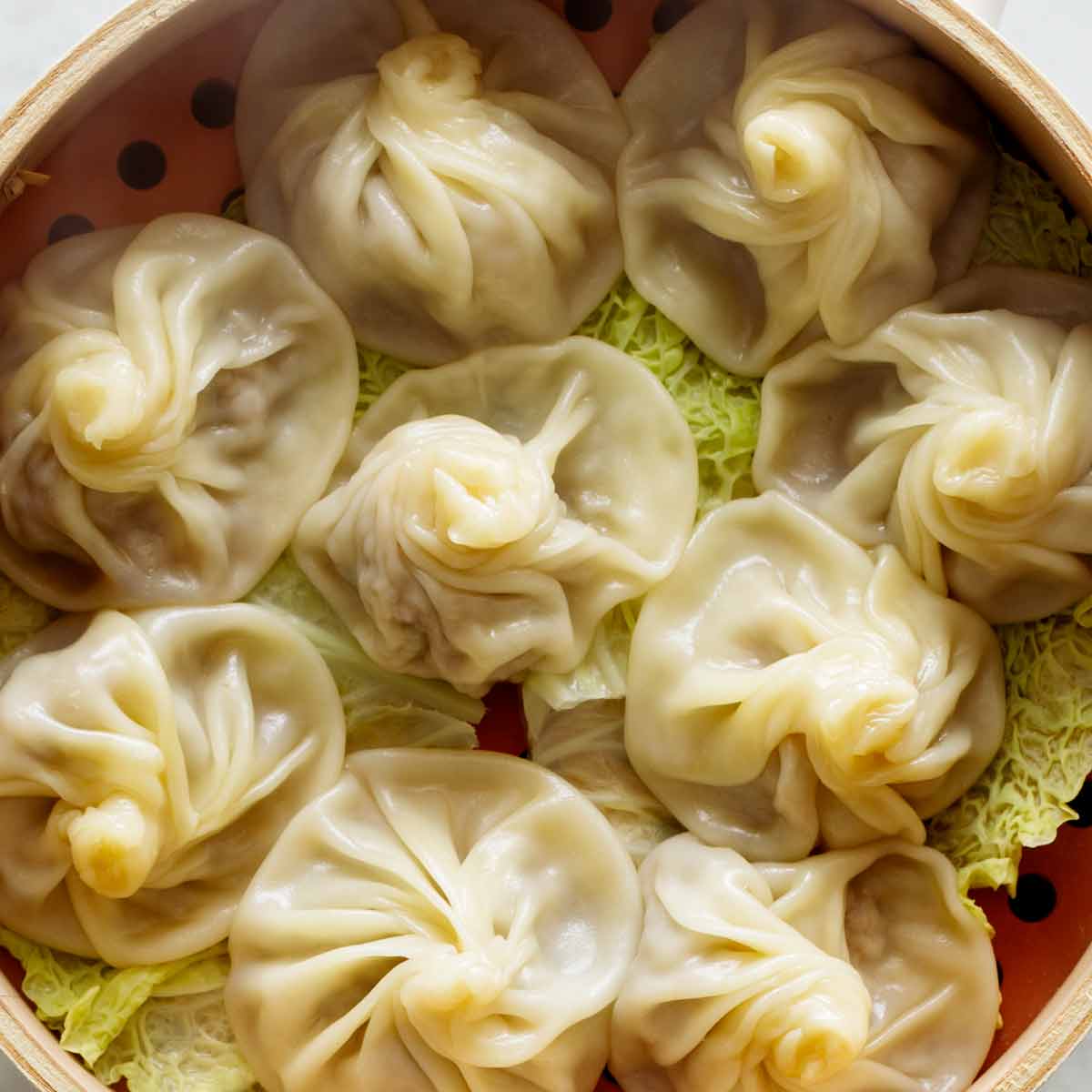Pot Sticker vs Dumpling: Exploring the Differences and Similarities
When it comes to Asian cuisine, pot stickers and dumplings are two popular and delicious dishes that have gained international recognition. While these terms are often used interchangeably, there are subtle differences between the two. In this article, we will delve into the world of pot stickers and dumplings, exploring their origins, ingredients, cooking methods, and flavors. By the end, you'll have a clearer understanding of what sets these two delectable dishes apart.
1. Origins and History
Pot Stickers: Pot stickers, also known as "guo tie" in Mandarin, have their roots in Chinese cuisine. They originated in the northern regions of China, where they were traditionally prepared during the New Year celebrations. These crescent-shaped delights were initially named "pian guo" or "stuck to the pan" due to their cooking method, which involves frying one side while steaming the other.
Dumplings: Dumplings, on the other hand, have a broader cultural presence, being found in various Asian countries such as China, Japan, Korea, and Vietnam. Chinese dumplings, known as "jiaozi," are believed to be the predecessors of other Asian dumpling variations. Dumplings hold great cultural significance, often served during festivals and family gatherings as a symbol of unity and good fortune.

Pot Stickers
2. Ingredients
Pot Stickers: Pot stickers typically consist of a thin wheat-based wrapper encasing a mixture of ground meat (commonly pork), cabbage, and various seasonings. These ingredients are combined to create a savory filling that bursts with flavors when cooked. Some regional variations may include shrimp, chicken, or vegetarian fillings.
Dumplings: The ingredients used in dumplings can vary depending on the region and the specific type of dumpling. However, a classic Chinese dumpling filling often comprises ground pork, finely chopped vegetables (such as cabbage or chives), and a medley of seasonings. Dumpling wrappers can be made from wheat flour, rice flour, or even potato starch, resulting in diverse textures and tastes.
3. Cooking Methods
Pot Stickers: As the name suggests, pot stickers are traditionally cooked in a pan. The process involves frying the bottom of the dumplings until golden brown, creating a crisp texture. Afterward, a small amount of water is added to the pan, and the dumplings are steamed, allowing the filling to cook through while maintaining the delightful crispness on the bottom.
Dumplings: Dumplings can be prepared using various cooking methods such as boiling, steaming, or pan-frying. Boiled dumplings are cooked in a pot of boiling water until they float to the surface, indicating they are ready to be served. Steamed dumplings are placed in a steamer basket and cooked with steam, resulting in a soft and moist texture. Pan-fried dumplings, often called "pot stickers" in some regions, are cooked similarly to pot stickers, with the difference lying in the variation of the filling and wrapper.

Dumplings
4. Flavors and Regional Variations
Pot Stickers: Pot stickers have a unique combination of textures and flavors. The crispy bottom adds a delightful crunch, while the top remains tender and moist from the steaming process. The filling provides a savory burst, complemented by the rich umami flavors of the seasonings used. Regional variations can be found throughout China, with different fillings and seasonings reflecting local preferences and culinary traditions.
Dumplings: Dumplings come in a vast array of flavors, textures, and shapes, making them incredibly versatile. Chinese dumplings often have a juicy filling that bursts with flavors when bitten into. In contrast, Japanese gyoza features a thinner and crispier wrapper, emphasizing the umami flavors. Korean mandu showcases a chewy texture with fillings ranging from meat to kimchi. Vietnamese bánh bao often features a sweeter taste, with fillings like pork, chicken, or vegetables.
While pot stickers and dumplings share commonalities and are often used interchangeably, their subtle differences set them apart. Pot stickers originated in China, known for their pan-fried and steamed cooking method, while dumplings have a broader presence in various Asian cultures, with different cooking techniques and regional variations. Regardless of the distinctions, both pot stickers and dumplings offer a delightful experience for food enthusiasts, showcasing the rich culinary heritage of Asian cuisine. So, whether you prefer the crispy delight of pot stickers or the tender juiciness of dumplings, exploring these dishes will undoubtedly leave you craving more.